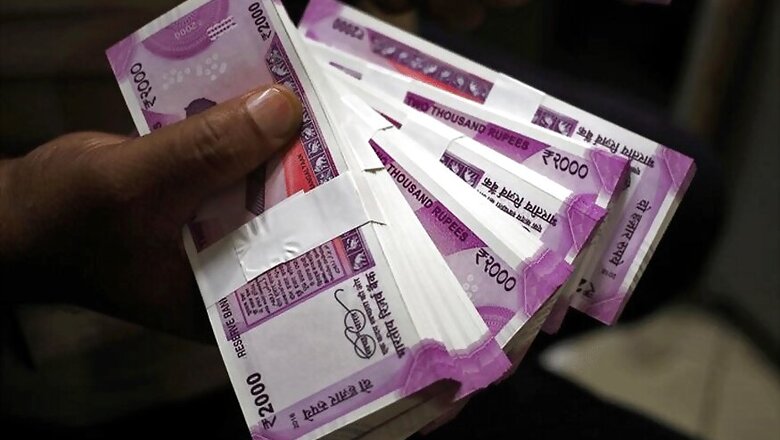
views
The 22-member NAC (National Anomaly Committee) is expected to meet Union Finance Minister Arun Jaitley next month with its 18-item report on the anomalies arising from 7th Pay Commission's recommendations or absence of it. Meanwhile, as per a letter of D.K. Sengupta - Deputy Secretary to Government of India, to Shiv Gopal Mishra - Secretary of Staff Side, the Minimum Pay Hike and Fitment Factor doesn't appear to be an 'Anomaly'.
Questioning Anomaly in computation of Minimum Wage, the letter read, "As against the Minimum Wage decided to be Rs 18,000/- by the Govt. w.e.f. 01.01.2016 while the Staff-Side has said that this should be not less than Rs 26,000/-and the multiplication factor ought to have been 3.714 and not 2.57. They have further asked for the pay matrix to be changed. Objecting to the methodology adopted by the 7th CPC in computing the Minimum Wage, they have given a number of reasons like the retail prices of the commodities quoted by the Labour Bureau being irrational, adoption of the 12 monthly average of the retail price being contents to the Dr. Avkrovd formula, the website of the Agriculture Ministry giving the retail prices of commodities forming the basis of computation of minimum wage provides a different picture, so on and so forth. However, when one compares this item with the three situations given in DoPT's OM. No. 11/2/2016-jCA dated 16th August, 2016 and 20th February, 2017, it does not appear that this satisfies any of them to be treated as an anomaly.”
Similarly for 3% Increment in all stages, they have illustrated an example to not consider it as an anomaly. "The Staff-Side argues that in spite of the foreword to the Report making it clear in para 1.19 that the prevailing rate of increment is considered quite satisfactory and has been retained, an illustrative list appended by them shows instances where the pay, gone up after the addition of annual increment by 3%, falls short of what it would have been. They have quoted para-5.1.38 of the report also which states that the rate of annual increment would be 3%. While what the Staff-Side has stated has its own merits, the fact of the matter is that the principle followed here is whenever a stage of pay, after addition of an increment, falls short of the nearest hundred by less than 50, the employee would be entitled to get the amount mentioned in the immediately next cell in the Pay-Matrix. However, when the gap is that of more than 50, the pay, on addition of an increment, is rounded off to the nearest hundred which travels backward. For instance, if staying at Rs 46,100/- one gets an increment @ 3%, instead of having his/her pay fixed at Rs 47,483/- (which is the exact figure), it will be Rs 47,500/- (thus gaining by Rs 13/-). Thus it is not a case of permanent loss as the loss in one year is made good in the second/third year. Considering this to be a situation of swings and roundabouts, this may not be treated as a case of anomaly,” read the letter.




















Comments
0 comment